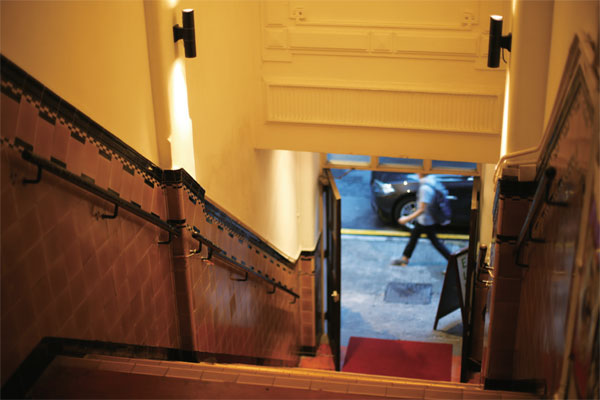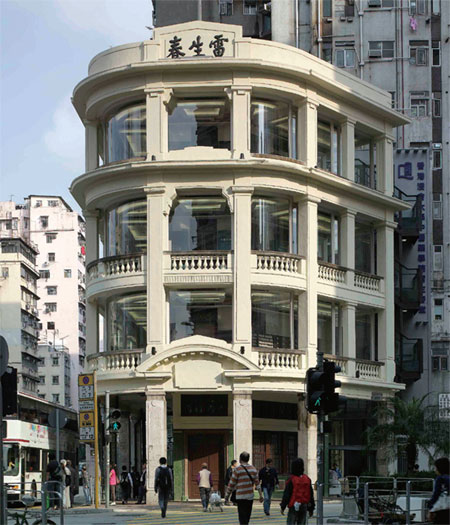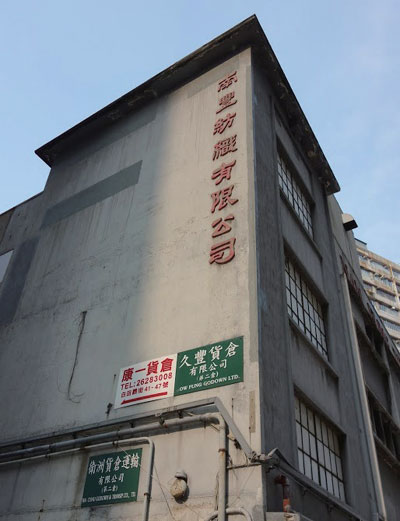From spinning mills to spinning tales
Updated: 2015-10-20 08:45
By Chitralekha Basu(HK Edition)
|
|||||||||
Even in their new revitalized incarnations, HK's former factory sites are an acknowledgement of the city's glory days of entrepreneurial achievement. Chitralekha Basu reports.
Although its name implies exclusivity, Fringe Club is probably one of Hong Kong's most accommodating salon-style art spaces. With the exception of its members lounge, "Circa1913", all of Fringe's outlets are open to the public. This includes its six other venues, used to host plays, organize symposiums to discuss deep existential questions and mount avant-garde art exhibitions. Even its bar, fondly called Colette's, after the actress Colette Koo, and its cafeteria, the Vault, welcome non-members.
There is a poetic justice perhaps in the easy accessibility. Although its distinctive red brick and plain white stucco bandaged exteriors might suggest otherwise, traditionally the building - stuck like a wedge between Lower Albert Road and Ice House Street - has been about plebeians, rather than the elite and privileged. Factory workers have slept on the cold, red oxidized floors of the building, formerly known as The Old Dairy Farm Depot. Built in 1892 by a Scottish surgeon, to process and sell dairy products, it housed a cold storage, living quarters for farm hands, plus a shop floor. The shop had closed in the 1970s and the building left derelict. By the time Hong Kong Festival Fringe Ltd (subsequently Fringe Club) leased it from the government in 1983, the unchecked growth of shrubbery on its roof and cornices had made the premises un-navigable.
From the outset, Fringe Club was keen not to lose the building's singular features, even as members turned the space into a modern, multi-purpose, composite arts facility. "The bandaged brickwork facade of late-Victorian style, the interior layout, most of the tiled floor (of 1913 vintage) and wall surfaces have been retained and preserved," points out Benny Chia, founder-director of Fringe Club. He is justifiably proud of saving a building that had been "marked for demolition" and "transforming it into a vibrant contemporary arts space" with a bunch of altruistic volunteers pitching in. Fringe Club won the first Heritage Award by the Hong Kong SAR Government in 2001 for its achievement.
A new afterlife
Fringe Club is one among the 25 historical buildings being showcased by the Commissioner for Heritage's Office (CHO) under Development Bureau, through October and November, under the title Heritage Fiesta. Many of these are the fruits of a government initiative, "Revitalizing Historic Buildings through Partnership Scheme", launched in 2008. Under the revitalization scheme, properties of heritage value which had lost their original purpose - often because the factories and businesses they once housed had closed shop or moved to the Chinese mainland - are handed over to qualified non-profit enterprises, to give the buildings an afterlife.
At the outset, community service was considered a priority of the revitalization drive. Putting social service ahead of the logic of profit was a noble, if highly ambitious, move as many of the buildings identified for revitalization are located on prime land in a perpetually land-starved city. But then as a CHO spokesperson says, "Development and conservation are not opposing forces. We strive to strike a balance between sustainable development and heritage conservation. As one of the many measures to enhance heritage conservation, we will continue to adaptively re-use suitable government-owned historic buildings. We aim to give these buildings a new lease on life for the enjoyment of the public."
Two key areas on the agenda, the spokesperson points out, are: "to promote active public participation in the conservation of historic buildings" and "to create job opportunities, in particular at the district level". In other words, citizens come first. This is most befitting, as Hong Kong people are traditionally known to have strong opinions on the way the city's heritage is handled. Lee Ho-yin, head of Architectural Conservation Programs at the University of Hong Kong, remembers how public opinion persuaded the developers to reconsider and ultimately reject an original plan to erect a 150-meter glass observation tower on the premises of the erstwhile Central Police Station, also part of the government's revitalization through partnership project. "Now they have toned down the project, from a tower to a cube," informs Lee. "One way to assess the effectiveness of revitalization is to focus on the use, rather than the re-designing, i.e. whether in its changed incarnation the building meets public expectation and demonstrates a strong social agenda."
One of the finest examples of such an achievement, says Lee, is the four-storey tong lau (tenement) building, Lui Seng Chun, at Lai Chi Kok Road, Mong Kok. Built in 1931, the premises were used as a traditional Chinese medicine (TCM) store cum bone-setting outfit, while serving as residential quarters of the owner Lui Leung. The enterprise closed down in the mid-1940s. Lee informs that the original revitalization plan was to turn the building into a mixed development, featuring a museum, and shops selling branded goods. But there were already instances of historic structures being turned into glorified shopping malls with the perfunctory nod to heritage - 1881 Heritage in Tsim Sha Tsui, for example - catering only to cash-rich customers.
"The only way to make it sustainable was to have it address the needs of the local community," says Lee. Bringing TCM back to Lui Seng Chun made sense, as neighboring Sham Shui Po had a substantial population of aged residents. "Over 14 percent of local people are past 60," says Lee. "Aging people prefer TCM, so turning the building into a center for Chinese medicine (since rechristened as Hong Kong Baptist University School of Chinese Medicine), was an appropriate way of offering community service to elderly people who are spared the ordeal of having to queue up at public hospitals." Besides, he points out, "Students of TCM get a chance to do hands-on practice under the supervision of professors. So the building serves both as an educational institute and one which caters to the community. Lui Seng Chun also offers traditional Chinese medicine massage (the Chinese equivalent of physiotherapy). A local community-based economic model has been created around the building."
Support for startups
If the point of revitalization is to acknowledge and bring public awareness to a forgotten chapter in the city's history, it's difficult to sustain such projects on strictly non-commercial bases. Only fully-funded government undertakings are able to pull it off without a hitch. For example, the Sheung Yiu Folk Museum in Sai Kung, New Territories, built on the site of a 19th-century lime and brick kiln, is a tribute to both the "traditional life of the Hakka people, (who built the kiln) as well as the rise and fall of the Sheung Yiu Village and the lime industry", says Brian Lam, curator (history) at the Hong Kong Heritage Museum.
"The lime industry played a major role in the development of the village, from its heyday to its decline. Preserved in-situ, the lime kiln exemplifies how the residents of the Sheung Yiu Village made a living, participating in this early industry, and gives visitors a better understanding of the connection between the village and the marketplaces, located in the adjacent area," he adds.
Lee, however, feels the government expenditure on small museums unable to draw substantial visitors might be "better utilized to subsidize rents for creative enterprises, startups and support the building of Hong Kong's creative industry". The former Police Married Quarters on Hollywood Road, which have since been turned into a bustling activity center for artists and fashion designers, is "a step in the right direction", says Lee. The tenants pay a reasonable, HK$18,000 per 40 square meter studio space and sometimes are subsidized further, depending on the needs of particular artists.
Despite the government's offer in 2010 to waive the land premium normally charged for developing old industrial buildings in case of "wholesale conversions" with minimum tweaking of the original framework, there have not been many takers. Hong Kong's former entrepreneurs prefer to play it safe, pull down defunct factories and build blocks of flats, rather than going for creative re-use.
Frank Wong, committee member of RicsAsia, an agency monitoring trends in real estate the world over, agrees it's not easy for a property owner "to ignore profit, especially in Hong Kong where land is in such short supply. Private owners have to consider investment return, which is at least partially guaranteed, if it's an out-and-out commercial project".
The other stumbling block, he says, has to do with logistical constraints. "Owners are not too keen to take advantage of the scheme as the costs of retaining the original superstructure and revitalizing is similar to building a new structure. The original structure is often outdated, and functionally unsuitable for modern purposes. Revitalization entails replacing the original pipes, electrical wiring, installing lifts and more washrooms. The lay-out of an older building from the 1960s looks very strange compared to that of an A-grade office."
"Typically industrial buildings from the past are 10 storeys high, 20 at most, whereas those in Europe are single-storeyed, and lend themselves better to creative re-adaptation of the space," he adds.
The Mills Project
Such limitations have not deterred the Nan Fung group. Formerly textile barons, realty is the group's mainstay now. The company is converting the now inoperative factory site at Tsuen Wan into a space to celebrate Hong Kong's industrial past as well as nurture creative entrepreneurs of the future. The HK$700-million Mills Project, says person-in-charge Cherry Chan, "is about giving back to Hong Kong (where the textile industry was the backbone of manufacturing in the 1960s and 1970s) and while we're at it, we hope, foster entrepreneurship".
Sprawling over 260,000 square feet, the project entails three components - The Mills Fabrica, where young craftsmen and designers will meet with investors, suppliers and entrepreneurs; The Mills Gallery, an interactive platform for dialogue among the fashion, arts and culture community, and The Mills Shop Floor, "an immersive online-to-offline retail experience for all".
"The Mills Project is meant to serve as an intersection of textile, art, society and culture," says Chan. "We are trying to explore textiles as a vehicle of contemporary art that people can relate to. We hope to reach the standard for a museum and not just be an arts space."
When the spiffy new reincarnated version of Nan Fung Mills, now simply The Mills, with its futuristic interiors, opens in 2018, it will showcase elements hearkening back to its 61-year-old history. "We'll keep the old stairwells, clocks, signage, numbered lights used to set off fire alarms, metal triangles that previously contained clock faces, fluorescent lights, also some of the old elevators which are too slow by today's standards," informs Chan.
Contact the writer at basu@chinadailyhk.com
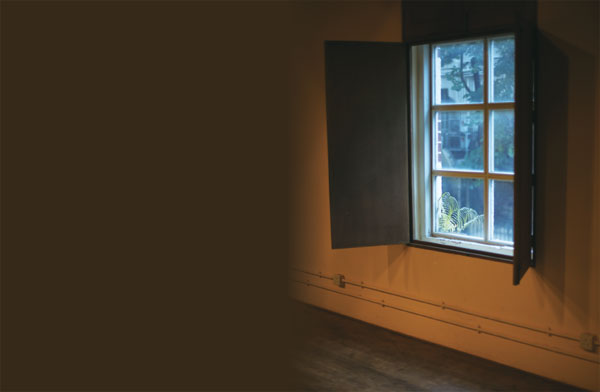
|
Old Dairy Farm Depot built in 1892 has found a new life as a salon-style arts space with multiple venues. Edmond Tang / China Daily |
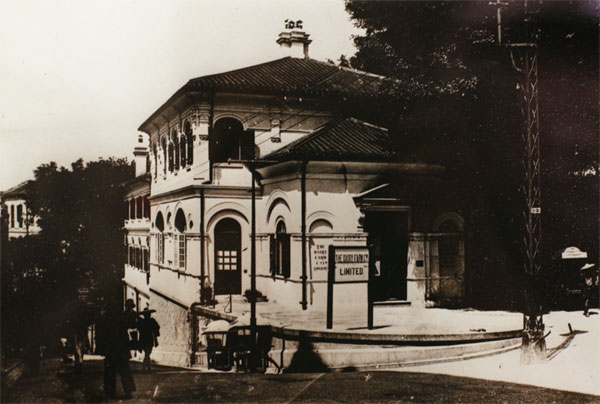
|
Lui Seng Chun in Mong Kok, a TCM manufacturing and sales outfit closed down in the 1940s, is functional again, manned by trained medical professionals. |
|
Above: Nan Fung Mills, founded 61 years ago, is being turned into a creative hub for textile entrepreneurs. Below: Artist's impression of The Mills to be completed in 2018. |
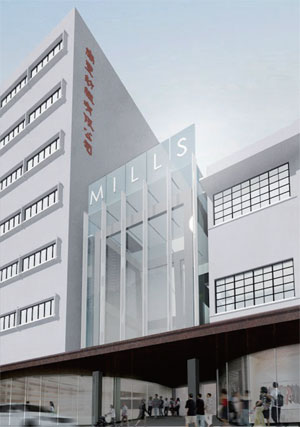
|
The site of a 19th century lime kiln, run by the Hakka community, has been turned into Sheung Yiu Folk Museum in Sai Kung. |
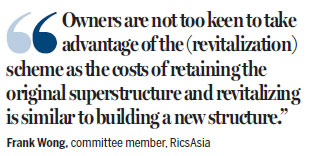
(HK Edition 10/20/2015 page11)
